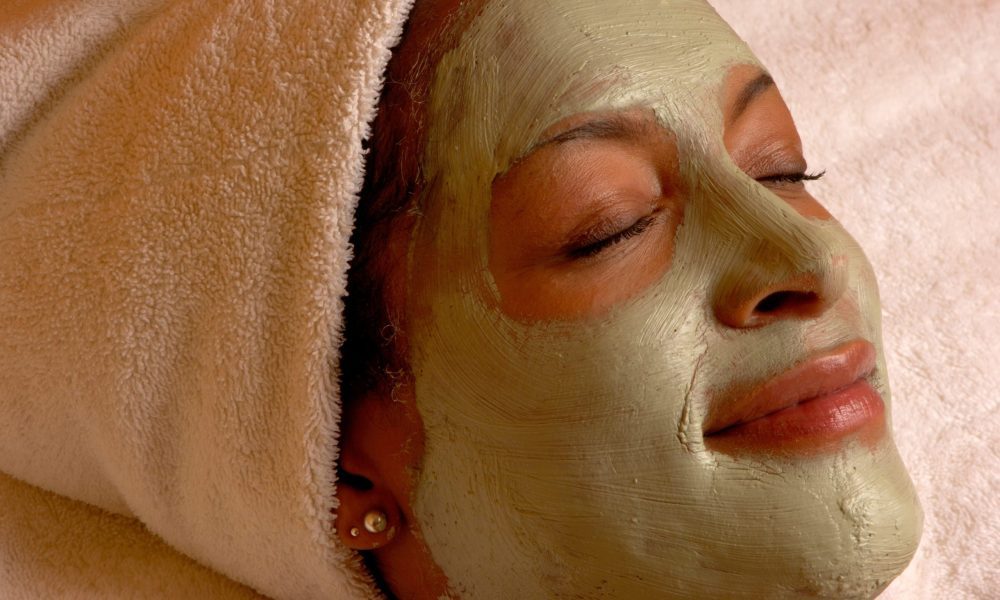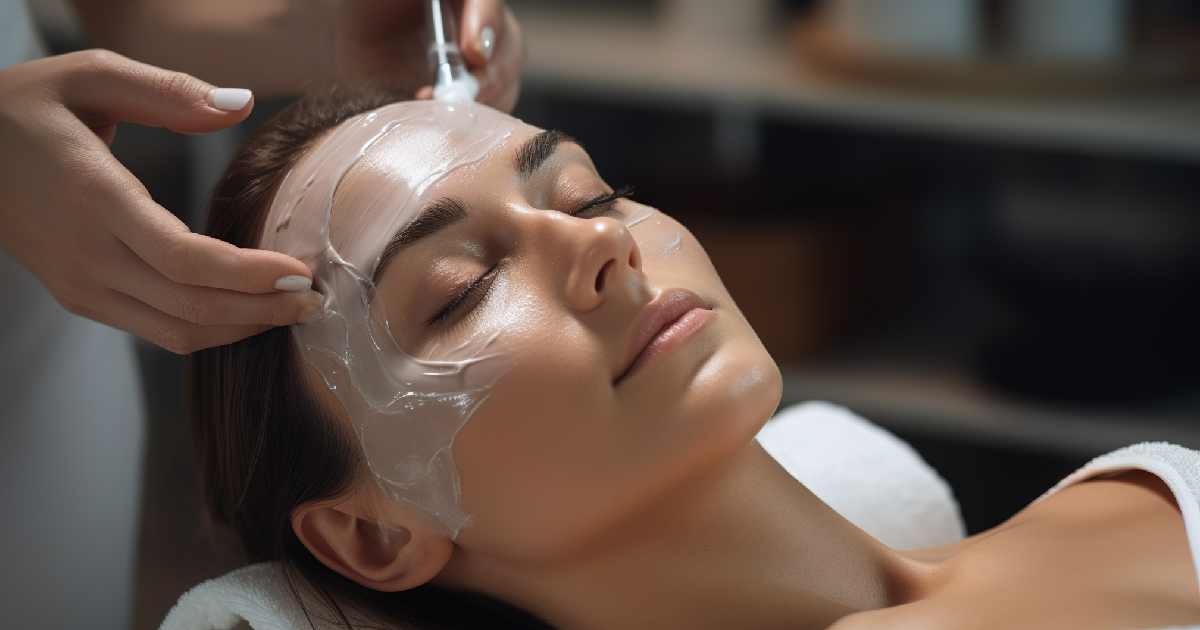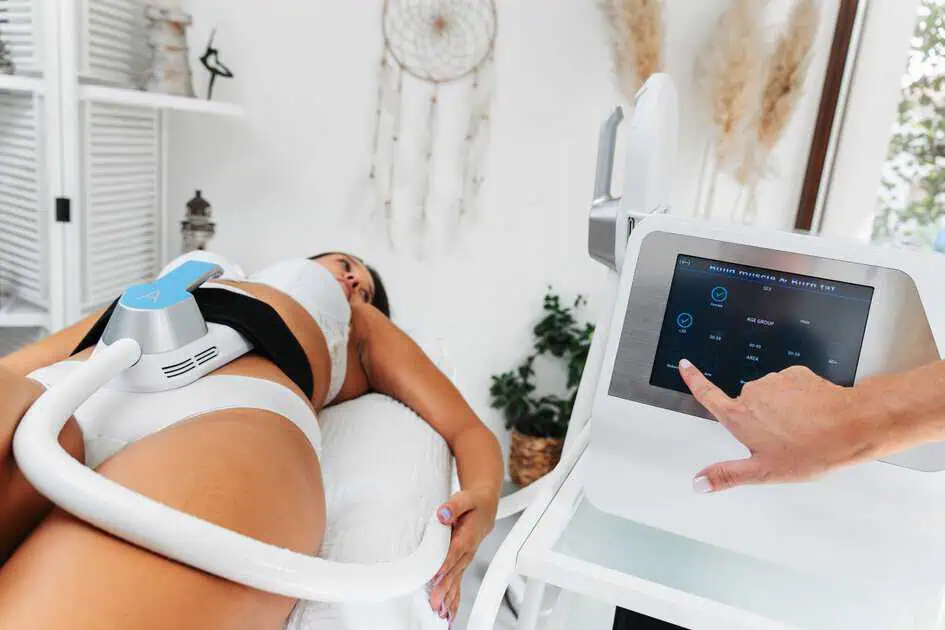Skincare is essential for maintaining healthy and radiant skin, and facials are a popular way to achieve this. However, not all facials are created equal. Have you ever heard of medical-grade facials? They are a step above regular facials, offering more advanced technology and skincare products that can significantly improve skin health and appearance. This blog will explore the differences between medical-grade facials and help you decide which is best for your skin needs. We are proud to introduce Aspira Aesthetic Center Corp, a leader in the skincare industry, and their SkinCeuticals high potency formulas and technology, which offer a range of medical-grade facials to address various skin types and conditions. Let’s dive in!
What is a facial?
A facial is a beauty treatment for the face that usually involves several steps, including cleansing, exfoliating, steaming, extracting, and masking. It aims to improve the appearance of the skin by removing dead skin cells, unclogging pores, and hydrating and nourishing the skin. Facials can be done at home or by a professional esthetician. At-home facials usually involve store-bought products or DIY recipes, while professional facials are performed in a spa or salon and use specialized products and tools. Facials can be tailored to specific skin concerns, such as acne, dryness, or aging, and can range from basic to more advanced treatments. Basic facials usually include cleansing, exfoliating, and moisturizing, while more advanced facials may include microdermabrasion, chemical peels, or LED light therapy.
What is a medical-grade facial?
A medical-grade facial, also known as a clinical facial, is a more advanced type of facial performed by a licensed medical aesthetician or a healthcare provider. It uses medical-grade skincare products and advanced technology to treat specific skin concerns and improve skin health. Medical-grade facials are tailored to address various skin concerns, including acne, hyperpigmentation, fine lines and wrinkles, and uneven texture. They use potent ingredients that penetrate the skin to deliver visible results. One of the significant differences between regular and medical-grade facials is the use of medical-grade skincare products. These products contain a higher concentration of active ingredients, such as alpha and beta hydroxy acids, antioxidants, and retinoids, clinically proven to improve skin health. Another key difference is the use of advanced technology. Medical-grade facials may include treatments such as hydro-dermabrasion, micro-needling, or LED light therapy, which can enhance the effectiveness of the skincare products and deliver optimal results.
The Benefits of Medical-Grade Facials
Medical-grade facials offer numerous benefits beyond regular facials. Here are some of the advantages of opting for a medical-grade facial:
- More effective in treating specific skin concerns: Medical-grade facials are designed to address various skin issues, including acne, hyperpigmentation, and fine lines and wrinkles. Using potent ingredients and advanced technology, medical-grade facials can deliver more visible results than regular facials.
- Tailored to your skin type and needs: Medical-grade facials are personalized to your specific skin type and concerns. A licensed aesthetician or healthcare provider will assess your skin and recommend a treatment plan tailored to your needs.
- Use of medical-grade skincare products: Medical-grade facials use products that contain a higher concentration of active ingredients than regular facials. These products are formulated to penetrate deep into the skin and deliver visible results.
- Enhances the effectiveness of home skincare routine: Medical-grade facials can enhance the effectiveness of your at-home skincare routine. Medical-grade skin care products will make your skin better prepared to absorb the active ingredients in your regular skincare products.
- Improved skin texture and tone: Medical-grade facials can improve skin texture, tone, and overall appearance. They can help to reduce fine lines and wrinkles, minimize the appearance of pores, and improve skin hydration.
Popular Types of Medical-Grade Facials
- Hydro-Dermabrasion Facial: This facial includes a choice of Wet Hydrodermabrasion or Wet Diamond Tip Dermabrasion. It includes a double steam cleanse, hydro dermabrasion exfoliation, vacuum extractions, and dual oxygen therapy with SkinCeuticals antioxidant serum infusion. This treatment is ideal for improving skin texture, hydration, and radiance.
- Deluxe Hydro-Dermabrasion: This is the ultimate Hydro-glow experience. It includes a double steam cleanse, hydro dermabrasion or wet diamond tip dermabrasion exfoliation, vacuum extractions, ultrasound therapy to diminish fine lines and wrinkles, radio frequency to tighten and firm the skin, SkinCeuticals Phyto Corrective Masque to soothe and hydrate, and dual oxygen therapy to infuse SkinCeuticals clinical-grade antioxidant serum deep into the skin. This treatment is ideal for those who address multiple skin concerns, including fine lines and wrinkles, sagging skin, and uneven skin tone.
- High-Frequency Acne Clearing Facial: This facial combines SkinCeuticals formulas with the power of high-frequency technology to purge skin of impurities and rebalance congested skin. It includes a deep pore cleanse, SkinCeuticals clarifying clay masque, extractions, high frequency, and Phyto Corrective Masque. This treatment is ideal for those struggling with acne and congestion, as it can help to unclog pores, reduce sebum production, and heal acne skin.
- Chemical Peel: A chemical peel is a skin resurfacing treatment that involves the application of a chemical solution to the skin. The solution causes the skin to exfoliate and eventually peel off, revealing smoother, brighter, and more youthful-looking skin. Chemical peels can help to improve skin texture and tone and reduce the appearance of fine lines and wrinkles. Different types of chemical peels are available, ranging from mild to deep peels, depending on the severity of the skin concern.
- Microneedling: Microneedling, also known as collagen induction therapy, is a skin rejuvenation treatment that involves using a device with tiny needles that puncture the skin to stimulate collagen production. This treatment can help to improve skin texture, reduce the appearance of fine lines and wrinkles, and improve overall skin radiance.
These are just a few examples of the popular medical-grade facials available at Aspira Aesthetic Center Corp. A licensed aesthetician or healthcare provider can recommend a treatment plan best suited to your needs and skin concerns.’
Conclusion
In conclusion, while both facial and medical-grade facial treatments benefit the skin, they have significant differences. Medical-grade facials are more advanced and utilize high-potency formulas that can penetrate the skin more effectively, significantly improving skin health and appearance. The Aspira Aesthetic Center offers several medical-grade facial treatments, such as hydro-dermabrasion, wet diamond tip dermabrasion, and high-frequency acne-clearing facials that target specific skin concerns. If you want to improve your skin’s health and appearance, we highly recommend seeking professional guidance from a licensed aesthetician who can recommend the best treatment 3options for your skin type and concerns. You can achieve the beautiful, healthy, and radiant skin you deserve with the right skincare regimen and a commitment to regular treatments. Tel:508-415-5446 Aspira Aesthetic Center to schedule your appointment today!





